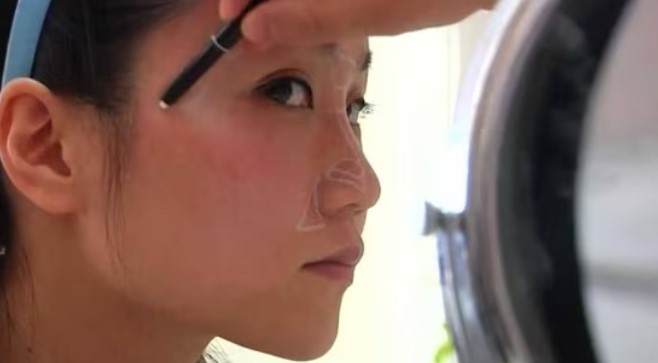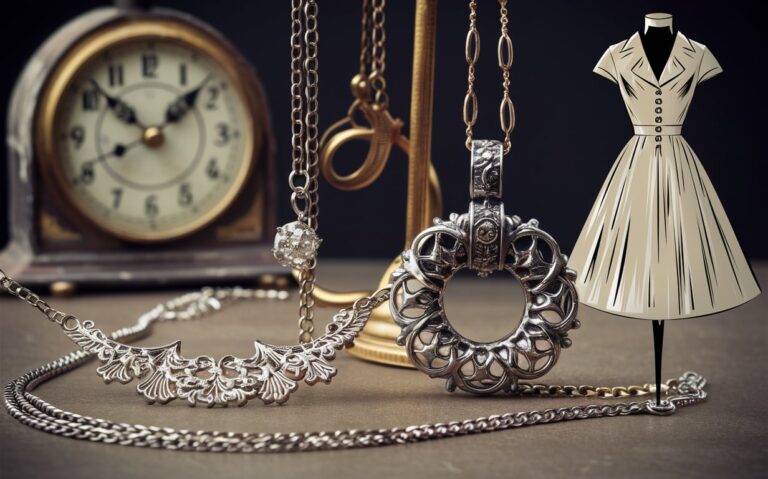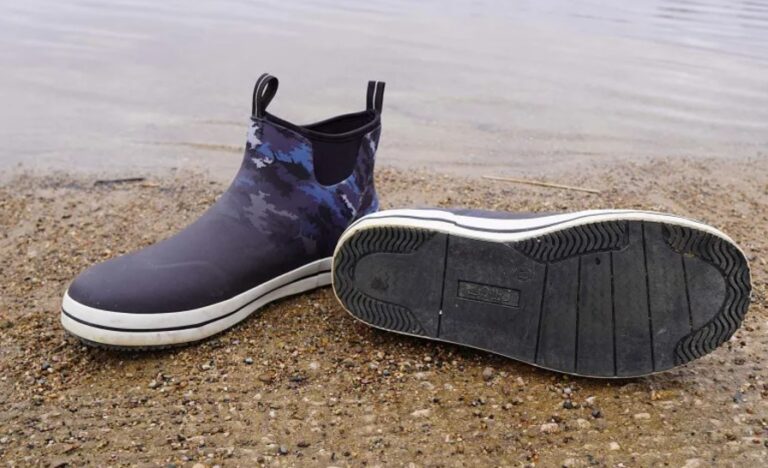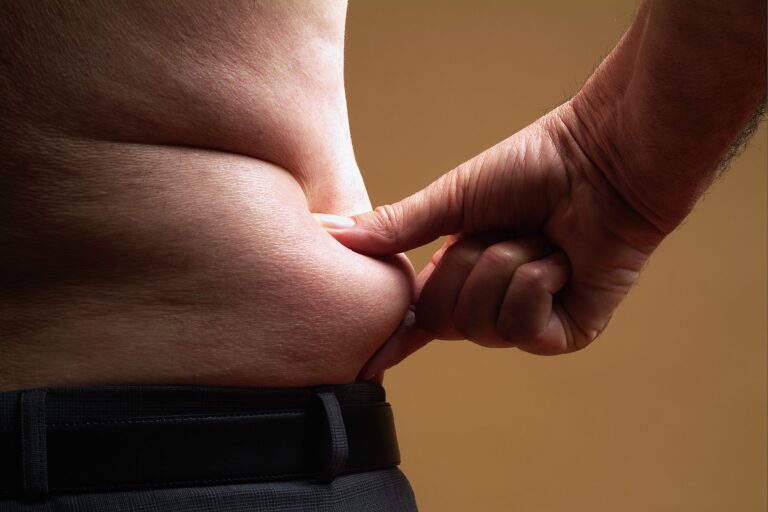Debunking Myths About Rhinoplasty Recovery: Facts vs. Fiction
Rhinoplasty, or a “nose job,” is one of the most popular cosmetic surgeries, loved for how it can transform your appearance. But there are a lot of myths about the recovery process that can make people feel nervous or unsure. Knowing what happens after surgery can make a big difference in how you feel and how smoothly you heal.
From dealing with swelling to understanding activity limits, let’s bust some common myths and uncover the truth about rhinoplasty recovery!
Recovery Is Always Painful
Many people think rhinoplasty recovery is extremely painful, but that’s not true for most. While you might feel some discomfort, especially in the first few days, it’s usually mild and manageable.
Most patients compare it to the feeling of a sinus infection. Pain medications prescribed by your doctor can help you stay comfortable. This can make the recovery process easier than you might expect.
You’ll Be Stuck in Bed for Months
Many people think recovering from rhinoplasty means putting your life on hold for months, but that’s not true. Most patients can get back to light activities, like work or simple tasks, within a week.
You’ll need to avoid heavy lifting and intense exercise for about three to six weeks, but you won’t be stuck in bed the whole time. Thanks to modern surgical techniques, recovery is much quicker than it used to be, so you can return to your routine sooner than you might expect.
Swelling Will Last Forever
Swelling after rhinoplasty is normal and starts to reduce within the first week. While it can take up to six months to fully go down, most people see noticeable improvements in just a few weeks. As your nose heals, the final result becomes clearer, helping you feel more confident and patient.
You Have to Wear a Cast for a Long Time
Some people think they’ll need to wear a cast for weeks after rhinoplasty, but that’s not the case. Most patients only need a nasal splint for about a week to support the nose as it starts to heal.
The splint helps protect your nose, but it’s not as uncomfortable or restrictive as a full cast. Knowing it’s only temporary can help ease any worries during recovery.
Rhinoplasty Is Only for Cosmetic Purposes
Many people pursue rhinoplasty for aesthetic reasons. But, it’s also performed for functional purposes.
Issues like a deviated septum, nasal trauma, or chronic sinus problems can be addressed during surgery. Thus, improving both the nose’s appearance and functionality.
Everyone Will Know You Had Surgery
When performed by a top rhinoplasty surgeon, the best nose jobs are subtle and natural-looking. People might notice a refreshed appearance, but they won’t necessarily pinpoint that you’ve had surgery unless you tell them.
Any Surgeon Can Perform Rhinoplasty
Rhinoplasty is a delicate procedure that needs skill and experience. Choose the best rhinoplasty surgeon who is board-certified with experience in rhinoplasty to get the best results. Be sure to do your research, check reviews, and look at before-and-after photos to find the right doctor.
Stay Informed for a Smoother Rhinoplasty Recovery Process
Many myths surrounding rhinoplasty recovery can deter people from considering surgery. By debunking these misconceptions, potential patients can approach their recovery with knowledge and confidence.
Pain is manageable, normal activities can resume sooner than expected, and swelling will diminish over time. The first step toward a successful rhinoplasty recovery begins with being informed and prepared.
Keep an eye for more news & updates on Glamouruer!






